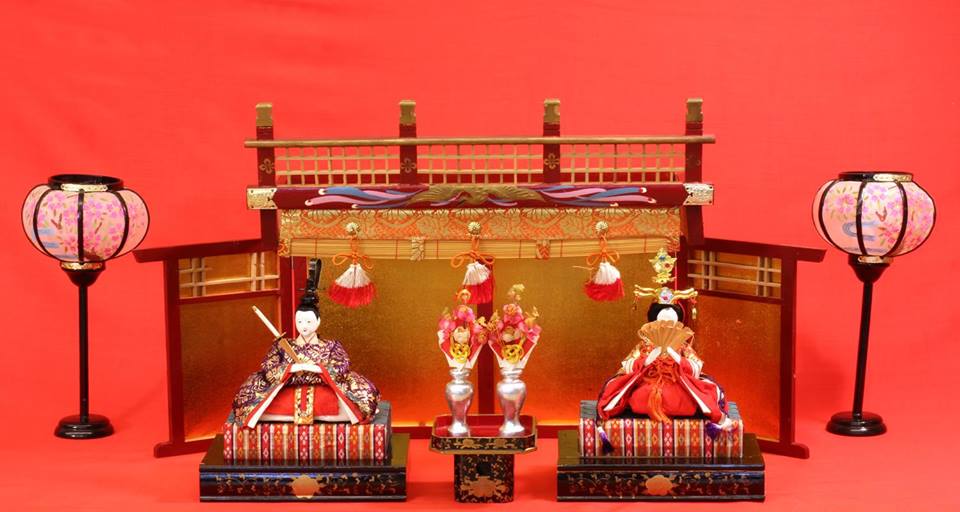February 1, 2017 through March 3, 2017 at at Mini Time Machine Museum of Miniatures, 4455 E. Camp Lowell Drive, Tucson
“Hinamatsuri or Girls’ Day is an annual holiday in Japan held on March 3rd, which honors the health and well-being of girls. The holiday celebration includes special foods and sweets and the exhibit of a plum tree, flowers and a Hina doll display. The doll display is set up by families in mid-February to rid the girls of bad spirits and to renew and strengthen their character. The custom of erecting a doll display is rooted in a traditional belief that dolls have the power to contain bad spirits. To rid their homes of evil spirits, ancient Japanese people had a ritual called Hinanagashi, in which straw Hina dolls were set afloat on a boat down a river out to sea. In some regions of Japan, people follow this tradition and float the dolls from the Hina display on Girls’ Day.
The Hina doll display includes ornamental dolls representing the Emperor, Empress and their court set on a seven-tiered stand covered with a red carpet or cloth. Since Hinamatsuri was first celebrated in the Heian period (10th and 11th centuries) the dolls are dressed in the court garb of that period. The Imperial dolls are placed at the top of the display followed by three tiers featuring particular attendants or musicians. The bottom two tiers are filled with palatial items such as furniture, tools and carriages. Traditionally the Hina doll display is set up in February and disassembled no later than March 4th because it is believed that setting up the display early and clearing it out promptly will bring an early marriage for the girls. Failure to do so could mean a late marriage or no marriage at all.
The Girls’ Day Display at The Mini Time Machine Museum of Miniatures is a five-tiered display including 15 dolls and other symbolic accessories. The display dates to the 1950s and was donated to the museum in 2014 by Nancy Phillips. The display will be up from February 1 through March 3, 2017.”


